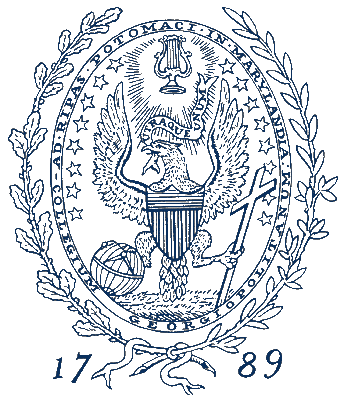Document Type
Article
Publication Date
2010
Abstract
Since the 1980s, an increasing number of people have crossed international borders outside of regularized migration channels, whether by land, air or sea. Policy debates on these kinds of movements have generally focused on security to the neglect of a focus on rights. In a range of situations, though, irregular migrants, who fall outside of the protection offered by international refugee law and the United Nations High Commissioner for Refugees (UNHCR), may have protection needs and, in some cases, an entitlement to protection under international human rights law. Such protection needs may result from conditions in the country of origin or as a result of circumstances in the host or transit countries. However, this article argues that despite the existence of international human rights norms that should, in theory, protect such people, there remains a fundamental normative and institutional gap in the international system. Rather than requiring new hard law treaties to fill the gap, the article argues that a “soft law” framework should be developed to ensure the protection of vulnerable irregular migrants, based on two core elements: first, the consolidation and application of existing international human rights norm into sets of guiding principles for different groups of vulnerable irregular migrants; and second, improved mechanisms for inter-agency collaboration to ensure implementation of these norms and principles. This article suggests that learning from the precedent of developing the Guiding Principles on Internal Displacement and its corresponding institutional framework can be particularly instructive in this regard.
Recommended Citation
24 Geo. Immigr. L.J. 533-552 (2010)

